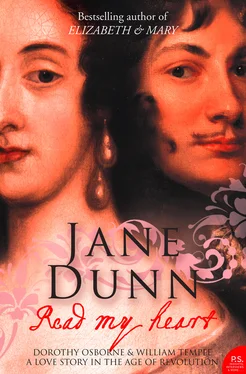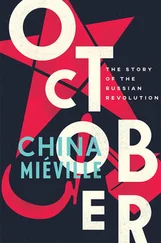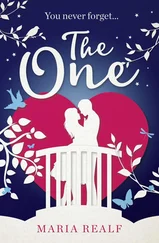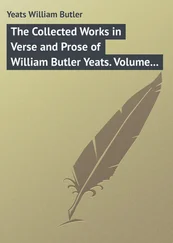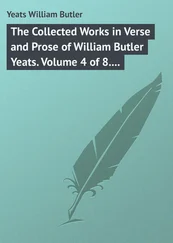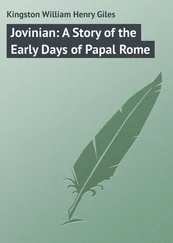A Love Story in theAge of Revolution
JANE DUNN

To Ellinor, Theodore, Dora –thrice blessed in you
COVER
TITLE PAGE
DEDICATION
FAMILY TREES
THE TEMPLE FAMILY TREE
THE OSBORNE FAMILY TREE
PREFACE
1 Can There Bee a More Romance Story Than Ours?
2 The Making of Dorothy
3 When William Was Young
4 Time nor Accidents Shall not Prevaile
5 Shall Wee Ever Bee Soe Happy?
6 A Clear Sky Attends Us
7 Make Haste Home
8 Into the World
9 A Change in the Weather
10 Enough of the Uncertainty of Princes
11 Taking Leave of All Those Airy Visions
AFTERWORD
BIBLIOGRAPHY
ENDNOTES
INDEX
P.S. IDEAS, INTERVIEWS & FEATURES …
ABOUT THE AUTHOR
A ROMEO AND JULIET
LIFE AT A GLANCE
A WRITING LIFE
ABOUT THE BOOK
GROWING UP IN THE SEVENTEENTH CENTURY
IF YOU LOVED THIS
READ ON
HAVE YOU READ
ACKNOWLEDGEMENTS
ABOUT THE AUTHOR
PRAISE
BY THE SAME AUTHOR
COPYRIGHT
ABOUT THE PUBLISHER
FAMILY TREES

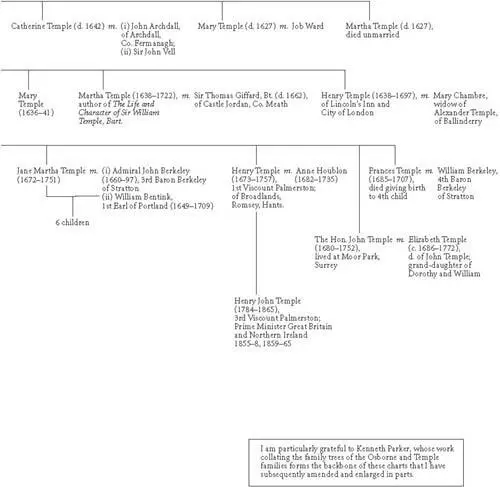
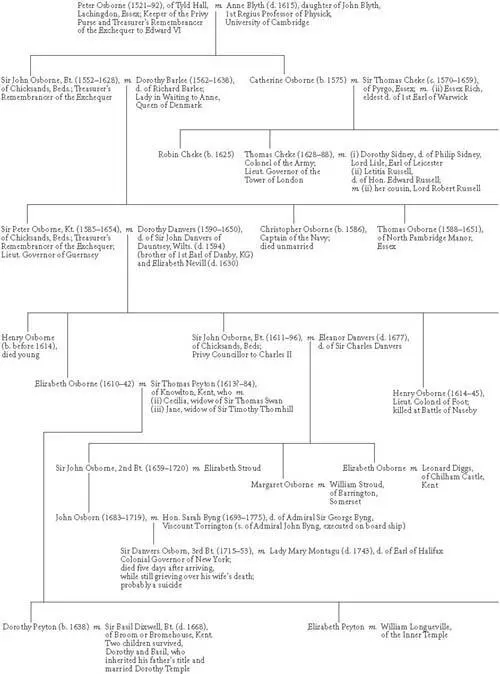
‘In the seventeenth century, to be sure, Lewis the Fourteenth [Louis XIV] was a much more important person than Temple’s sweetheart. But death and time equalize all things … The mutual relations of the two sexes seem to us to be at least as important as the mutual relations of any two governments in the world; and a series of letters written by a virtuous, amiable, sensible girl, and intended for the eye of her lover alone, can scarcely fail to throw some light on the relations of the sexes.’
THOMAS BABINGTON MACAULAY, Essays
THE LIVES OF Dorothy Osborne and William Temple are bound together in one of the great love stories of the seventeenth century, with timeless elements that all of us, like Macaulay, recognise and share. But they also offer a personal view of their world. Against a background of civil-war destruction and family power, it is a world of letters and gardens, of friendship and scientific experiment, of international Realpolitik fraught with the treachery of princes. We only know their story because of a terrific piece of good luck. Seventy-seven letters written by Dorothy to William during their long clandestine courtship survive. Throughout we hear Dorothy’s voice, flirtatious, politically canny, philosophical and overflowing with feeling. ‘Love is a Terrible word,’ she wrote to William, ‘and I should blush to death if anything but a letter accuses me on’t.’ Into their letters went all the thoughts and emotions too difficult or dangerous to say in person and their honesty and the details of their lives open up a shaft of light on this period, this man, this woman.
Intelligent, eloquent, unalike, Dorothy and William recreate their world through letters, romances and essays in which their humour and humanity dissolve the barriers of time and circumstance to bring them both to life again. What is more, they lived through one of the most eventful centuries of British history, marked with both bloody and peaceful revolutions. The age is illuminated through the contrasting experiences of these two gentry families, the Osbornes indomitably royalist and the Temples more pragmatically parliamentarian – but open to offers. Dorothy and William faced hardships and reversals, resisted family threats and blackmail, and in the end triumphed over all, even the spectre of illness and death, to marry at last. William went on, in the reign of Charles II, to become a fluent and engaging essayist, an innovative gardener and a celebrated diplomat, with Dorothy so actively engaged at his side that she was termed ‘Lady Ambassadress’.
All this contributes to the appeal of their story. But nothing of their love affair would be known in any detail if these letters had not survived, and it is William, unable to bring himself to destroy them as the lovers had agreed to do, in a desperate attempt to evade detection, who ensures their love a lasting memorial. There was initially a larger hoard, so much so that Dorothy wondered what William meant to do with all her letters, joking he had ‘enough to load a horse’. It is possible that the majority were destroyed by a protective granddaughter in the more circumspect eighteenth century. What remain, however, represent the last two years of a six-and-a-half-year courtship and were recognised by William and then his sister Martha as wonderful literary creations, and, even then, worthy of publication. These seventy-seven letters and a few later notes were saved, wrapped in bundles and stored in a special cabinet, still in the possession of the Osborn family.
Over crisp sheets of paper Dorothy’s elegant cursive hand wrote in measured loops and curlicues of everything that mattered to her, from her deepest hopes and feelings to shopping requests and the gossip of the neighbourhood. Letters were the only means of communication between them, and on to paper she and William poured all their pent-up emotion, their covert rebellion against family and the thrill of exploring philosophical and political ideas. These love letters were not only powerful tools of seduction but also revealing of the lovers themselves in the continual ebb and flow of conversation.
But history rolled on and although William’s celebrity for a while did not fade, Dorothy and her story remained silent, known only to her descendants who guarded the letters, recognising their extraordinary quality, until the Victorians discovered her and fell in love. There is no other word for the emotion she aroused in fine intellectual Victorian gentlemen such as the great historian and essayist Thomas Babington Macaulay, William’s first biographer the Right Honourable Thomas Peregrine Courtenay, and the first editor of Dorothy’s letters Edward Abbott Parry. All these men declared themselves to be among her ‘servants’, i.e. suitors for her hand.
Courtenay first brought Dorothy to public gaze when he incorporated part of forty-two of her letters in his biography of William, Memoirs of the Life, Works and Correspondence of Sir William Temple , published in 1836. It was in a lengthy essay review that Macaulay revealed his own tenderness for the Dorothy of the letters. His description of her character as he saw it, however, showed more his own prejudices: ‘She is said to have been handsome; and there remains abundant proof that she possessed an ample share of the dexterity, the vivacity and the tenderness of her sex.’
Though enchanted by the letters, this lofty Victorian still managed to underestimate their great literary and historical value, and patronised the author while he praised her: ‘Her own style is very agreeable; nor are her letters at all the worse for some passages in which raillery and tenderness are mixed in a very engaging namby-pamby.’
Читать дальше
